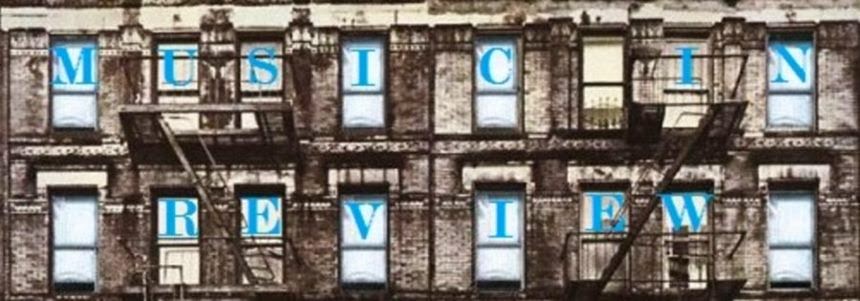At the time I wrote my mediocre impression, but highly enjoyable experience, listening to the band; I wrote: “The guitar solo is not going to win any awards but is serviceable. The rhythm sections is solid and heavy but nothing world breaking.” I had not listened to their second album (self titled) yet, I had not listened to the newly released “Unholy Savior” yet, so I did not know.
I did not know, how freaking badass everything about Battle Beast was. “Madness” is a very fun song, but it possesses a touch silliness with the questionable English, and the obvious attempt at being demon warrior hardcore metal. It is a good song, a very good metal song, but, it is not Battle Beast’s best, in fact it pales in comparison to the title track from “Unholy Savior.”
I did not know.
The self titled album blew me away after I finally got my hands on it and listened to it in full. “Let if Roar,” “Out of Control,” “Into the Heart of Danger,” and “Machine Revolution” are all amazing metal songs, each one of them make me want to go on an epic journey to fight demons and robots, and despite however much I love the “Battle Beast” album, I am only so confident in saying that it is slightly superior to their third album “Unholy Savior.” The only reason I am so torn, is the strength of the title track “Unholy Savior.”
Had I known just how perfect “Unholy Savior” is as a song, I would have skipped over “Madness” and gotten right to the point; “Unholy Savior” very good album, but the title track is a mind blowing awesome song.
I have often written about the ebbs and flows of music intensity. Low valleys make for more dramatic heights. Soft moments in the metal song make the furious moments all the more meaningful. Balance is the key, and “Unholy Savior” is a perfect example of rising action, climax, rest and second climax. Exactly the story structure I most enjoy.
The intro; the hum of the keyboards, the sound of a toiling bell, a quiet scream, a muffled roar, and then drums and guitar blast together. The machine gun drums burst out in well paced bits, jumping out every time they are needed and silent when they are not. Another valley, the first verse, where we take in all the dark words by singer Noora Louhimo.
The volume of everything increases on the first chorus, but things slow a little for the second verse. This second verse is noticeably more aggressive than the previous, not eclipsing the rage of the chorus, but the drama has heightened.
The chorus hits a second time, no louder than the first time, but it stays with us longer, and leads us to the guitar solo.
Then everything drops off and we get this sad little poem:
“I'm a shadow in the corner,
Begging to be found.
Suffering in silence,
As the world spins round and round.”
Than one last time, the chorus hits, only with greater fury than before. Like an explosion of unbridled wraith is let loose when Noora sings and the bands erupts in violence metal music.
“Unholy savior awakens within.
Salvation in disguise,
The undreaming darkness,
A graven image, a hero to some,
Destroyer, cold as death,
The slayer of hearts.
Unholy savior, forever to be.
Salvation in disguise.
The undreaming darkness.
Salvation in disguise.”
It might be easy to handwave away “Unholy Savior” as a song about the devil, which would fit in nicely with my musical tastes, however I think this song is more universal than that. Battle Beast is a metal band in love with fantasy, it comes up in many of their songs, and they have an obvious fondness and the darker elementals of that genre. It is possible the “Unholy Savior” refers to a specific anti-hero in a fantasy story I cannot at this time pinpoint, or as I suspect, it is probably generic, to all dark heroes from all possible tales of fantasy adventure.
I love everything about “Unholy Savior.” It was possibly my favorite song of 2015.
- King of Braves



